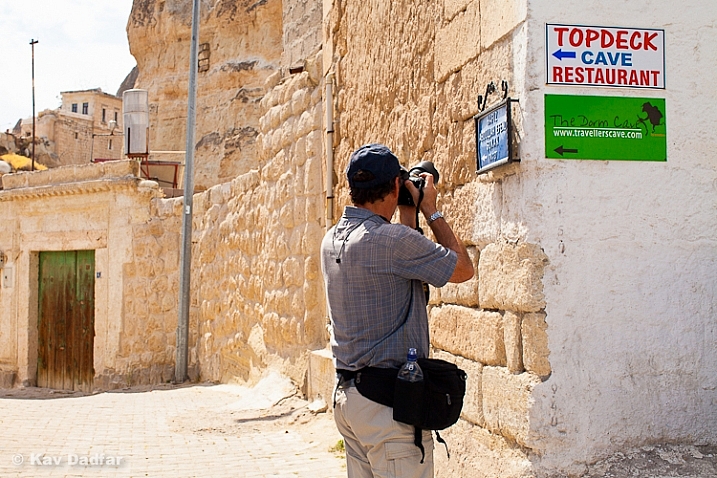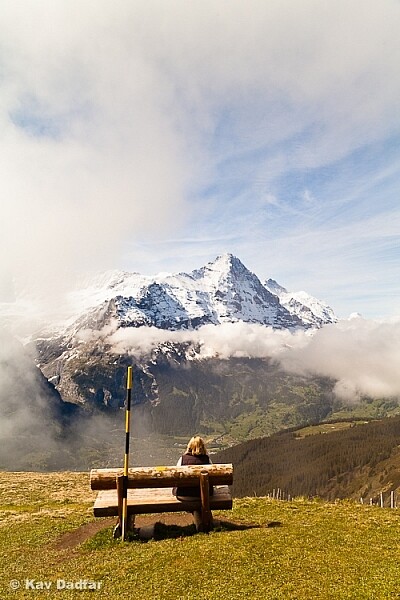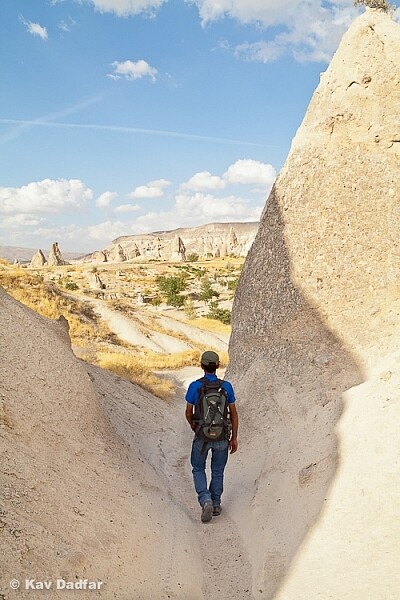
Despite what people may think, travel photography is like any other business. It has its high and low points, and just like any other business, it requires the same level of professionalism, administration, and marketing to become successful. Although it can look pretty glamorous from the outside, the life of a travel photographer is pretty lonely, and involves a lot of very early mornings and late night,s with little time to relax. For me though, it is the most interesting branch of photography, and I wouldn’t swap it for anything else. Having said all that, like any other business, it needs to make money, otherwise it wouldn’t be sustainable.
Here are my 10 tips to help you capture sellable travel stock photos on every trip.
1. Know as much as possible
Not only will you need to research your destination, but as a travel photographer you will also need to be aware of travel trends and potential hotspots, as these are places from which clients (and stock agencies) are likely to require images.
2. Cover as much as you can
Unless you are sent out on an assignment with a specific brief, you will need to try and cover as many subjects as possible on any given destination, whether it’s a country or a city. Obviously, it is impossible to photograph everything, but by researching the destination and creating a shot list, you can cover a broad range of subjects.
3. Maximize every location
Stock photography is a numbers game, the more photos you have the better your chances of selling some. So it’s vital to try and capture as many different photographs as possible, at every location. A big part of this is planning and research, but once you have taken that first shot, look for the second, third, and fourth – utilizing different angles or perspectives that can add variety, and tell a completely different story.

This is the main scene that I was photographing.

But behind me was a stack of chopped wood. This image has netted me more sales than the photos of the scenery.
4. Make every photo your best
Although it is important to take as many photos as possible, you still need to keep the standard high. It doesn’t matter if you have 10,000 photos that are not good, as no one will purchase them, so always try to make sure every photo you take is the best it can be. That means photographing the subject in the best possible light and composition, and also returning to the same spot again and again, if that is what you need to do (time permitting).
5. Look for minimum effort photos
Some of my best selling photos are ones that were taken with minimal effort, and cost. Try to keep your eyes open for potential opportunities around you – that means you capture photos without having to go out of your way to get there, or spend money.

While photographing the London skyline, I noticed a market vendor selling these apples. This image has recently sold for $ 360!
6. Imagine the story
One of the most powerful elements of photography is that a photograph can tell a much more interesting story than trying to describe it to someone. So, for every photo, try to imagine what the story would be, and what is the narrative that the viewer will take away from it.

A far more interesting story than the standard view of the mountains.
7. Think about usage
Will the photograph work as a double page spread, or is your point of interest in the middle of the image? Have you got permission to sell the photo if it is private property? You need to think about all of the different usage elements while on a trip. It’s best to capture the photo in a few different crops, and in both landscape and portrait orientation, just in case (if the composition works).
8. Shoot first, re-shoot later
If the composition and lighting works, make sure you capture the photo. Never assume that you can re-create it later. Sometimes you will be able to capture a better photo the second time, but don’t rely on that.

I took this photo as a walker passed me through this narrow walkway. I then waited to see if I could capture another shot with other people, but no one else walked past. Never miss the shot, you may not get another chance.
9. Get model and property releases
Although you don’t need releases in majority of cases for usage of photos in editorials, simply put, photos with model or property releases, “multiply the value of the shots at least 10 fold” – Rick Carlson, President, DesignPics – so do your best to get releases wherever possible.
10. Be ruthless
When editing your photos after the trip, be your own critic when assessing the quality of the photos, and only send or upload those of the highest standard. Every photo should stand on its own merit, not the time or effort it took to take it.
This is a competitive industry, and selling photos is tough. But, with the right attitude, hard work and planning, not to mention practice, over time you will be able to get a sense of the type of images and compositions that sell well as stock photos.
Have you got photos that have sold well? Please share them below.
The post 10 Tips To Help You Capture Sellable Travel Stock Photos by Kav Dadfar appeared first on Digital Photography School.